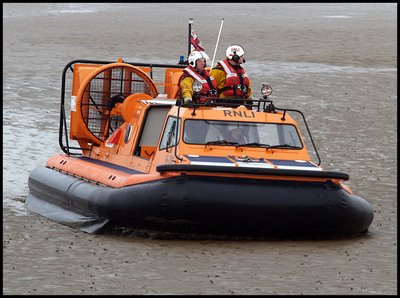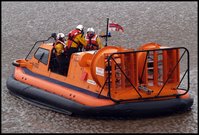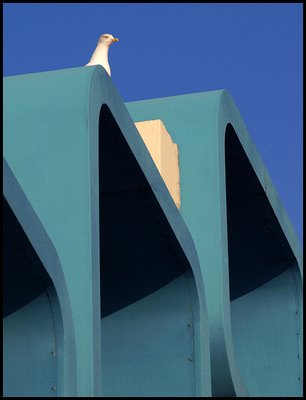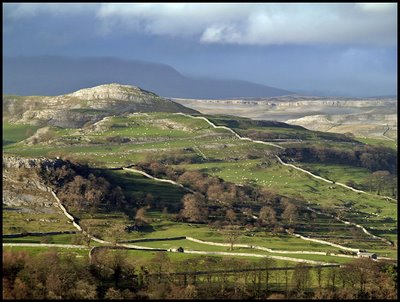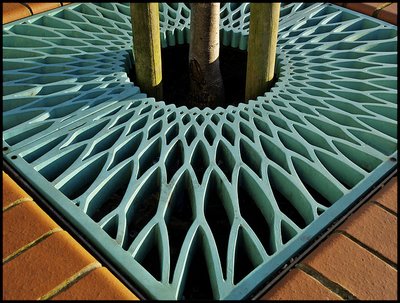Now normally I'm against silly perversions of English like "thinking outside the box" or "the elephant in the room"; phrases that originate in management seminars and spread like a malignant fungus into the everyday language of professionals, sometimes even infecting the layman. However, I'm glad that "fit for purpose" appeared, because it re-established a valuable meaning of the word "fit". For several decades "fit" has meant physically fit. And, by association, sloppy thinkers have connected it with being thin. The idea that someone who is thin is "fit" is nonsense. So too is calling someone who can run twenty six miles "fit". Such a person is fit if he's a marathon runner, but they're definitely not fit if weight-lifting is their sport! No, the word "fit" must be linked to purpose to be used in any meaningful sense, hence my approval of a piece of jargon that I would normally deplore.
I was thinking about these things as I photographed this corkscrew. The lustre of the alloy, and the interesting shapes made me think it a suitable subject. Its design is wonderfully efficient - a most definite example of "fit for purpose"! Or is it over-engineered to appeal to someone who wants to spend a bit more money on this essential implement? Perhaps! Whatever conclusion we may come to on that, it is a visually interesting object. For my image I arranged the corkscrew against a black background in a diagonal across the frame, and included most of the graphically interesting parts. I used a TTL flashgun bounced off a reflector to catch the smooth finish of the alloy and model the metalwork. The image was taken using a 70mm (35mm equivalent) macro lens. The camera was set to Aperture Priority (f18 at 1/80 sec) with the camera at 100 ISO with -0.7EV.
photograph & text (c) T. Boughen




